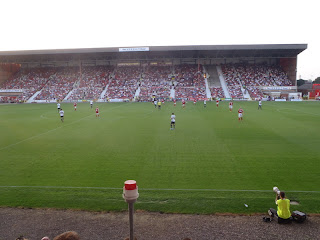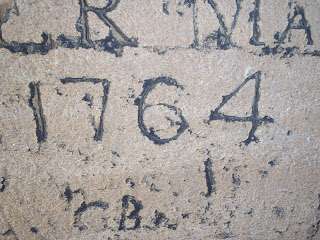Yesterday after class in the morning we took the 11:00 train
to Paddington in London. From there we got on the #11 double-decker bus, which
passes many of London’s most famous and historic sites like Parliament Square,
Trafalgar Square, and Big Ben. We got off the bus and after eating at a cafe
called the Earl of Sandwich headed over to St. Paul’s Cathedral. The size of
the cathedral and the impeccably detailed paintings on the ceiling were
astounding. We climbed up to the Whispering
Gallery, 30 metres above the Cathedral floor for a better interior view. The most incredible part was seeing the
London skyline from the top of the Cathedral’s outer Stone Gallery. From the Cathedral floor, it required a total
of 528 steps up to reach the top most Golden Gallery. We then jumped on the tube and made our way over to
Harrods and saw among numerous other interesting things Princess Diana’s
Memorial, Versace iPhones, gold-plated iPads, jet skis, one of Jimi Hendrix’s
shirts and a guitar played by SRV. We walked to Covent Garden, watched
impressively skilled street performers, and had dinner. We then went to the
theater to see Matilda the Musical to wrap up our day in London.
Submitted by Sterling Street
Waiting across from Victoria Station for bus 11.
Eddie and Bennett enjoy the sights of London from choice seats.

Lunch at the Earl of Sandwich cafe.
 Views from the top of St. Paul's Cathedral.
Views from the top of St. Paul's Cathedral. 

Globe Theatre along the Thames River.
Doing more looking than buying.
Viewing the street performers in Covent Garden














































